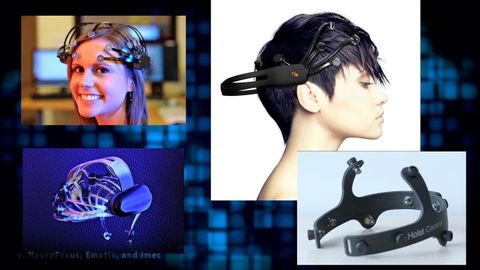
字幕與單字
阿爾法波和大腦監測的未來 (Alpha Waves and the Future of Brain Monitoring)
00
Precious Annie Liao 發佈於 2021 年 01 月 14 日收藏
影片單字
process
US /ˈprɑsˌɛs, ˈproˌsɛs/
・
UK /prə'ses/
- v.t.用電腦處理(資料);(依照規定程序)處理;處理;流程;加工;理解
- n. (c./u.)(規定的)程序;過程;進程;方法;法律程序;進程
A2 初級多益中級英檢
更多 time
US /taɪm/
・
UK /taɪm/
- n. (u.)節拍;(準確的)時間;時間(多寡);(經歷的)一段時光;(經歷的)時光;時代;時期;時間;時刻;時候
- v.t.測量(節拍);為...計算時機;計時;測量時間;使適時;安排...的時間
A1 初級多益初級英檢
更多 average
US /ˈævərɪdʒ, ˈævrɪdʒ/
・
UK /'ævərɪdʒ/
- n. (c./u.)平均
- v.t.算出...的平均數
- adj.平均的;一般的,通常的;中等的
A2 初級多益中級英檢
更多 使用能量
解鎖所有單字
解鎖發音、解釋及篩選功能
